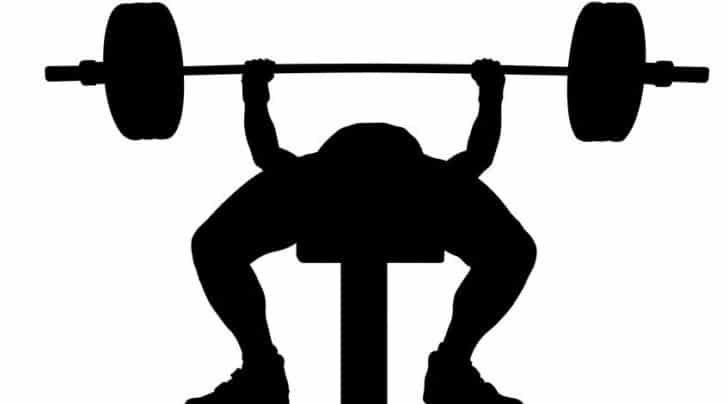
The pectoral tendon attaches the pec major muscle to your humerus or arm bone. The pec major is a very powerful muscle. Pectoral tendons are usually ruptured or torn in weight lifters during bench pressing. Traumatic injuries in sports can also result in a pec tendon tear. Surgery is often needed to repair complete pec tears. The recovery after surgery often means that this is a season-ending injury.
A torn pectoral tendon is usually an easy diagnosis to make. Your story usually goes something like this… You were bench pressing, you heard a series of pops and the bar came back down to your chest rapidly. If that sounds familiar, you have likely torn a pectoral tendon or have pectoralis major rupture. Over the next few days, you will notice heavy bruising and swelling. As the swelling starts to subside, you will see a deformity of your pectoralis major. If you tighten your chest muscles you will see the pec ball up over your chest. A torn pectoral should be repaired (if it is repairable) as soon as possible. If you suspect a pec tendon injury you should see a shoulder doc sooner rather than later.
A torn pectoral tendon tends to occur in “younger” active weight lifters. However, because 50 somethings are lifting more often and more weight we are seeing pec tears in this age group as well. This is an injury we usually see rapidly in our clinic since the injury is quite striking, the deformity is easy to notice and the story you give is always consistent. There is usually significant bruising present and there is usually an obvious deformity noted as your pec major bunches up in your chest.
Like J.J Watt, a torn pec tendon can occur in any collision sport as well. This will be a season-ending injury for Watt. What is the decision making and recovery time frame going forward for J.J Watt and others who have torn their pec tendon?
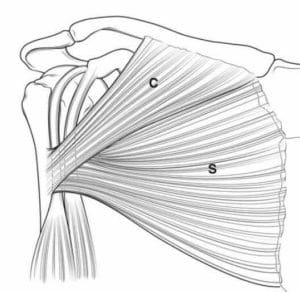
Types Of Torn Pectoral Tendons?
Tears of the pectoralis major can be partial (just one head) or complete.
In type 1 torn pectoral, the tendon of the pectoralis major tears directly off of the humerus – the easiest to fix.
In type 2 torn pectoral the tear occurred where the muscle starts transitioning into a tendon – the muscle-tendon junction- harder to fix, but still possible.
In type 3 pec ruptures, the tear is completely within the muscle itself. May not be repairable.
In type 4 pec ruptures, the muscle tears off of the sternum.
A Type 1 or Type 2 pec tear is far more common than type 3 or 4.
How Do You Treat A Torn Pectoral Tendon?
Most pec major tendon ruptures occur in very active people. Without surgery, pectoralis major tears will cause weakness and an obvious deformity. Because of that, most people with a pec tear will choose to have them repaired. The pec major is not an absolutely essential muscle, and many of these pec tears are partial tears, so if the loss of strength and the deformity do not bother you then you can be treated without surgery.
How Do You Repair A Torn Pectoral Tendon?
If you choose to have surgery to repair your pec tendon tear then you should understand the following principles.
Type 1 tears where the tendon ripped off the bone are the most straightforward to repair. The surgery is open, and the incision is placed in your axilla. During the surgery, we will use a suture anchor device to place sutures into the bone and then we will use those sutures to repair the tendon back to the bone. You will be in a sling for a while and then start strengthening exercises after enough healing has occurred.
Type 2 tears are more difficult. These tears occur at the “muscle-tendon” junction of the pec major. Muscle tendon junction tears can be very difficult to fix because you can not sew or repair muscle. Often times we wait a little while for some early repair scar tissue to form on the pec muscle which will make the repair easier. Sometimes we might need to augment or strengthen the repair with a cadaver tendon.
Type 3 tears are purely within the muscle. They are very rare and very hard to repair. We must wait a few weeks for scar tissue to form so we have something we can attempt to repair.
Most tears are Type 1 or 2, so most tears are easily repairable. The results of surgery are generally good, and most of you will be pleased with the appearance of the pectoralis and your performance in the gym after you have recovered.
How Long Does Is Recovery From A Torn Pectoral Tendon?
Pectoralis tears generally heal very well. It can take at least 6 months until you are back in the gym and back to your normal routine. It can take a year or more until you have normal strength, although that might occur earlier in many of you.
What Are The Risks Of A Pec Tendon Repair?
No surgery is without risk. The risks include the risks of anesthesia, infection, weakness, stiffness, a recurrent pectoral rupture, an abnormal appearance, nerve or blood vessel injuries.
The overall risks of surgery are very low. Below is a video detailing how a pectoral tendon tear is repaired.


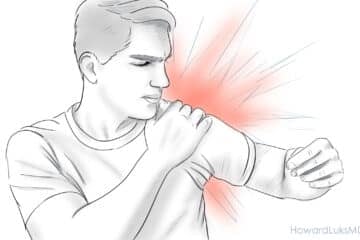
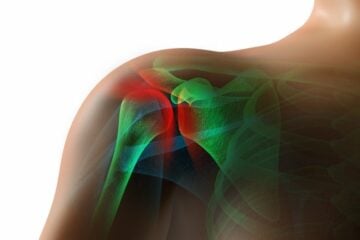
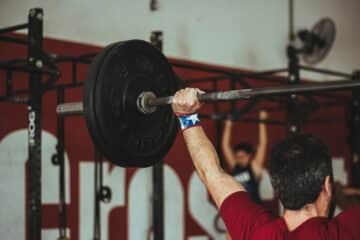





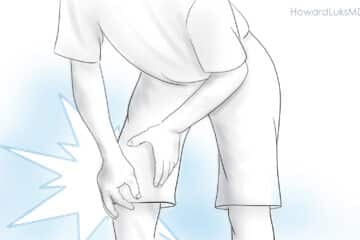



Hello Dr Luks,
I was misdiagnosed for 10.5 weeks for a pec tear and I am now 2 weeks post surgery.
I understand with rehab and time that strength can take some time to return, but I was wondering has three ever been any cases where strength has never returned 100% or any prologning issues such as pain?
Also will a pec that has been repaired always have a greater risk of being torn again?
Thank you
Hi ,
Torn muscles or tendons might someday return to normal strength… but most usually will lose one grade in strength. That may not be perceptible to most. Pain as a long term sequelae of a pec repair is unusual.
Re-tears are not very common after pec repairs… but they are possible. Especially in the first year. Ie… do not push too hard during first 12 months. Follow your docs instructions well.
Hi Dr. Luks. My 16-year-old son was just diagnosed with a pectoralis major rupture. He undergoes his MRI today. Is there any chance that he’s ready to play football in June of this year? Does that depend on what is revealed in the MRI, or is football off the table for next season? He’s bummed, to say the least. Thanks
Hi Kevin …
We typically wait 6-8 months after a repair for a return to contact sports. So depending on the MRI findings, and the type of treatment he needs he may be be able to go back.
I tore my pec 5 years ago. My armpit looked very thin and my pec muscle is pushed towards the center of my chest. However, I am lifting 205 for incline bench and I have gained a lot of my strength back. Does this indicate that it was only a partial tear? Is it risky for me to lift heavy again. It took me 2 years to really gain strength back, I was very careful. I did not have medical coverage and I couldn’t afford to miss work for 6 weeks therefore I never had an MRI
You may have had a partial tear (sternal portion vs clavicular portion). Without examining you I couldn’t say.
If you are pushing heavy weight with a smaller tendon/muscle then there is a risk of injury if you push too hard or lift too much weight.
I tore my pectoral muscle last week friday 8/3/2018. My mri is on next Monday 8/13/2018! I’m nervous that the process to get surgery is taking too long and I don’t want my injury to start healing incorrectly. When is surgery way too late? Thank you Dr. Luks.
Many surgeons who are comfortable in this area can fix this many weeks after the injury.
Thank you for the reply. I appreciate you creating this platform. Very kind of you sir.
So yesterday while benching just like everyone else felt something go wrong as I was going up with the weight. Sounded like a little bubble wrap was happing in my left chest . I have torn my bicep before and heard the loud pop and that did not happen . No bruising or discolor just a tender/sore. Range of motion was better than when it happened. The are that’s tender would be between my arm pit ( not sore to touch) and left side I guess the halfway mark.. Can still flex my pecs ( not without discomfort of course)
Time to see a sports doc to figure out if you have a pec tear. It could be partial which could explain why you have no deformity.
Hello, I had a partial pec tear about 4 weeks ago. My MRI showed a grade 1 tearing of the pec muscle. I am currently having physical therapy and my DR said I would not require surgery. I participate in strongman as a hobby and I am worried I might need surgery to heal 100%. Should I see an orthopedic surgeon and get a 2nd opinion? The tear is small at the shoulder area of the pec.
If you are concerned then go for that second opinion.
Good luck